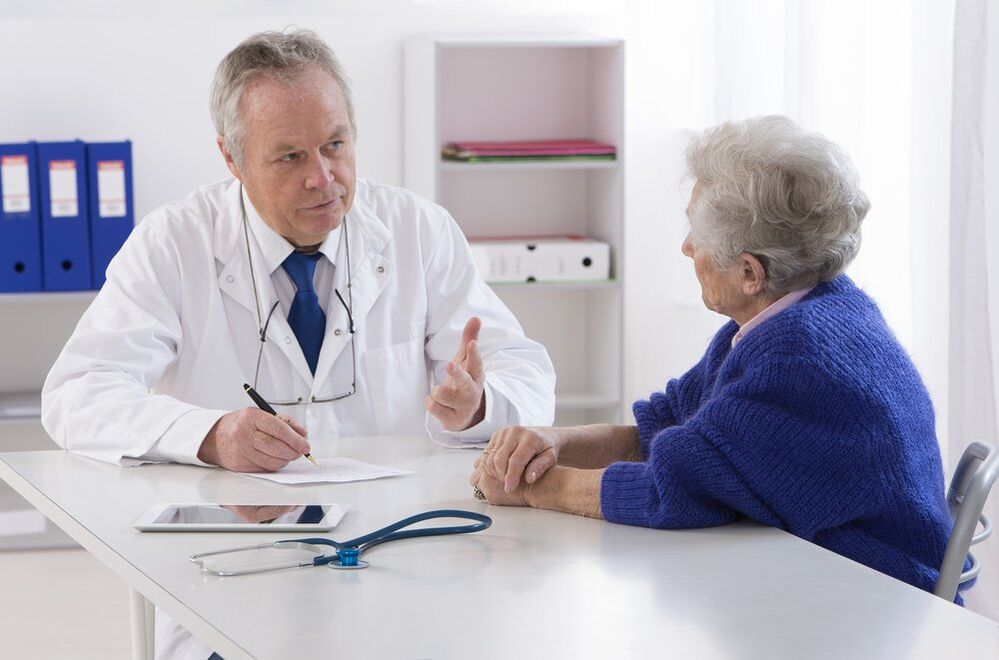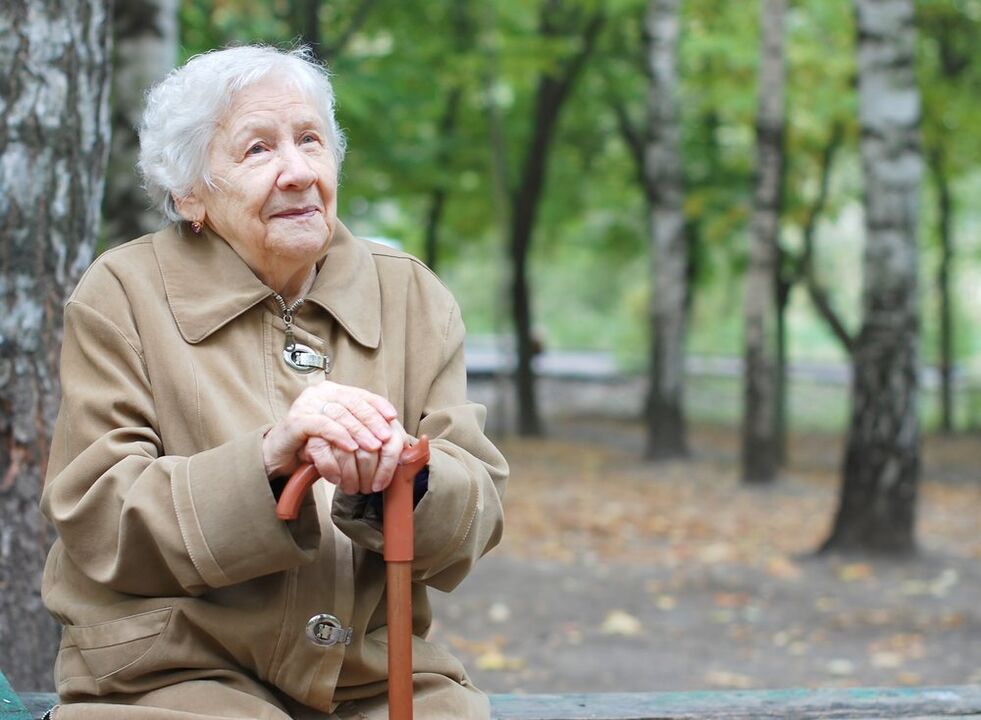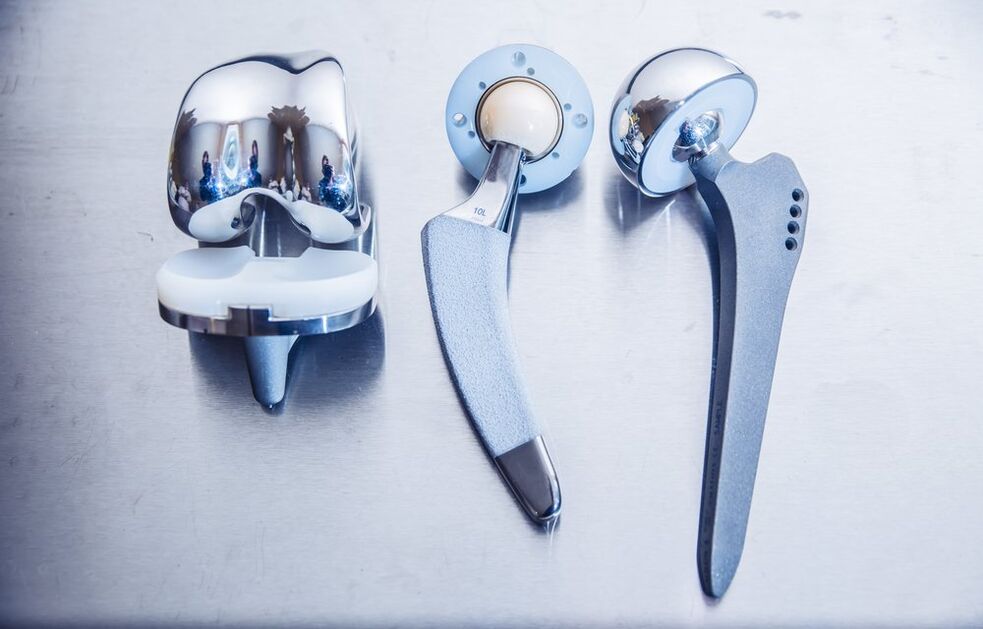Each of our gaskets has two surfaces that fit together like the key to a lock. All bulges on one articular surface correspond to depressions on the other. Such exact coincidence of surfaces has a medical name - congruence. From above, the ends of the bones that make up the joint are covered with cartilage for better glide. The joint bag, ligaments and muscles protect the joint. With osteoarthritis, one of the most common diseases of the joints, cartilage and bone surfaces are destroyed. At the same time, little special joint fluid is produced, which ensures smooth movements, the ends of the bones come together and begin to rub against each other, bringing pain and discomfort to its owner. Meanwhile, with osteoarthritis, there is formally no inflammation of the joint, which distinguishes it from arthritis.
Why osteoarthritis of the hip joint occurs: age

A catastrophe such as osteoarthritis can happen to any joint in our body. The defeat is unilateral and bilateral. Age, excess weight, injuries, flat feet, spinal scoliosis, arthritis, displacement of joints, excessive load on it, but at the same time a sedentary lifestyle contribute tothe onset of the disease. Joints are made to move! Meanwhile, upright posture predisposes to osteoarthritis of the human hip joint. In animals, such a disease does not occur, in them the load on the joints is distributed more evenly.
The hip joint is second in range of motion after the shoulder joint. And indeed, normally, one can move the leg forwards and backwards, outwards and inwards, and even rotational movements. This joint supports a very high load. It consists of the head of the femur and a cavity on the pelvic bone. Osteoarthritis of this joint is medically known as coxarthrosis. A large number of people suffer from this disease. Women are sick more often, and, of course, the peak of the disease occurs after the age of 40. In 70% of cases, this is due to the natural wear of the joint, insufficient blood supply and its metabolism.
Signs of joint damage: pain when walking and when resting

The first symptom of osteoarthritis of the hip joint is pain in the groin when climbing stairs. There may be no pain when going down the stairs. Later, the pain may begin to spread to the knee. Some of the various movements in the joint will be limited. For example, lifting the leg, i. e. bending it at the hip, can be painful, but bringing the leg back is not. Turning the leg inward is painful, and moving it to the side is also painful, but tolerable. It is often not possible to kneel because this movement also involves the hip joint. And mobility restrictions occur not only because of pain, but also because of changes in the joint itself.
Due to the fact that the hip joint is involved in walking, running and a host of other movements, its defeat imposes social restrictions on the patient. And with arthrosis of the third degree, the pain already bothers not only during movements, but also at rest, in particular, they do not let you sleep at night. It is difficult to turn over in bed. And sometimes the pains are so strong that they force the patient to constantly take painkillers, which in itself is not always harmless. Thus, frequent use of nonsteroidal anti-inflammatory drugs can lead to the formation or worsening of stomach ulcers.
Osteoarthritis treatment: arthroplasty

Many years ago, when modern operations with prostheses were not yet available, surgeons still operated on patients with coxarthrosis. At the same time, the purpose of the operation was not the treatment of arthrosis, but the complete immobilization of the joint. After recovering from this difficult surgery, the patient walked dragging his leg. Many movements were inaccessible to him, but at least they were not tormented by pain. And then an artificial hip joint was invented, and it became possible to help these patients to the maximum - with a new joint, they can walk without pain and perform other movements, no different from healthy people. Thus, an 80-year-old patient, having undergone arthroplasty of both hip joints, then came to the doctor with the question "Can I go skiing? "".
Today, coxarthrosis operations are an established production. Such treatment for arthrosis of the hip joint is available for many people, including very old people, unless, of course, there are no contraindications to life, such as serious diseases of the heart, lungs and other organs. What is the essence of the operation? We have an absolutely non-functional joint, its cartilage layer is worn out, everything is overgrown and does not move.
How is osteoarthritis surgery performed?

Next, you need to understand how the femur is arranged: it has a head that enters the joint and a trochanter, to which many muscles that move the leg are attached. It is the skewer that we feel through the skin. So, during the operation, the head of the bone is removed, and the trochanter is left. Cartilage remnants are also removed from the cavity of the pelvic bone. An artificial head of the joint is put in its place. The head "sits" on a metal rod, which is attached to the femur. The incision is made in the inguinal region, its length is only 7-8 cm.
On the first day after the operation, the patient is raised, on the third day he is forced to walk. And within one to two months, these patients completely restore the joint's range of motion. Of course, after such treatment for arthrosis, a certain engine speed is required, which contributes to recovery. But this is the concern of the doctor - to give competent advice, to learn how to use this new word of technology in his own body.
Dentures are made from lightweight and durable materials, which makes them long lasting. There are different prostheses. The doctor selects the optimal one based on the person's age, their other "requests" for movement, and other factors. And in our country, many of these operations are carried out completely free of charge. You will have to wait in line for a while, but half a year is not a dozen years! And stents will be made. Today, thanks to advances in medicine, with coxarthrosis you can get rid of pain and lead an active life. The main thing is to consult a doctor in time, because the more advanced arthrosis of the hip, the more difficult it is to treat the patient, even with the help of modern technologies.



















